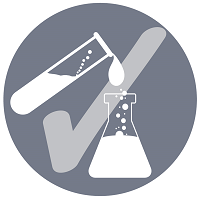Formulation and Delivery
Mitigating Nitrosamine Risk in Secondary Amine Drugs: A Formulation Case Study Using Low-Nitrite Microcrystalline Cellulose (MCC)
.png)

-
RM
Raxit Mehta
Technical Director
Asahi Kasei America
Chalfont, Pennsylvania -

Srinesh Naidu, MS
Senior Scientist
MSN Pharmaceuticals Inc.,
Piscataway, New Jersey
Partner Presentation Speaker(s)
Description: As per literature, drugs containing secondary amines are more susceptible to the formation of nitrosamine impurities. Among various mitigation strategies, the use of low-nitrite excipients—such as microcrystalline cellulose (MCC)—has emerged as a viable and effective approach to reduce nitrosamine levels. This case study focuses on hypertension drug containing secondary amine. Upon submission of ANDA, the FDA required a demonstration of control over nitrosamine levels detected in the drug product.
To address this, a reformulation strategy was implemented using low-nitrite MCC to reduce nitrosamine content below the acceptable intake (AI) threshold. Comprehensive evaluations were conducted on tablet characteristics, bulk and tap density, Hausner’s ratio, Carr’s index, drug release profiles, and nitrosamine levels post-reformulation. The switch to low-nitrite MCC resulted in a 40% reduction in nitrosamine impurities, successfully bringing them below the recommended AI limit.
Learning Objectives:
- Evaluation of low-nitrite microcrystalline cellulose (MCC) as an alternative excipient to mitigate nitrosamine formation in a drug containing a secondary amine.
- Comparative assessment of nitrosamine levels before and after reformulation using low-nitrite MCC.
- Characterization of tablet properties, powder blend attributes, and drug release profile following reformulation.


